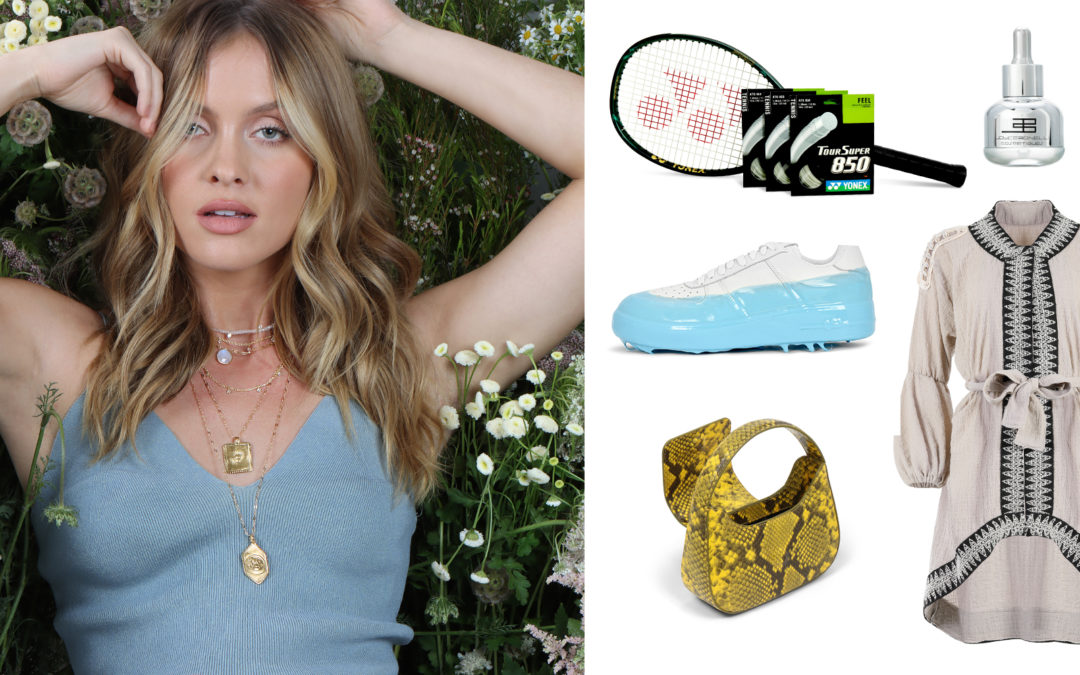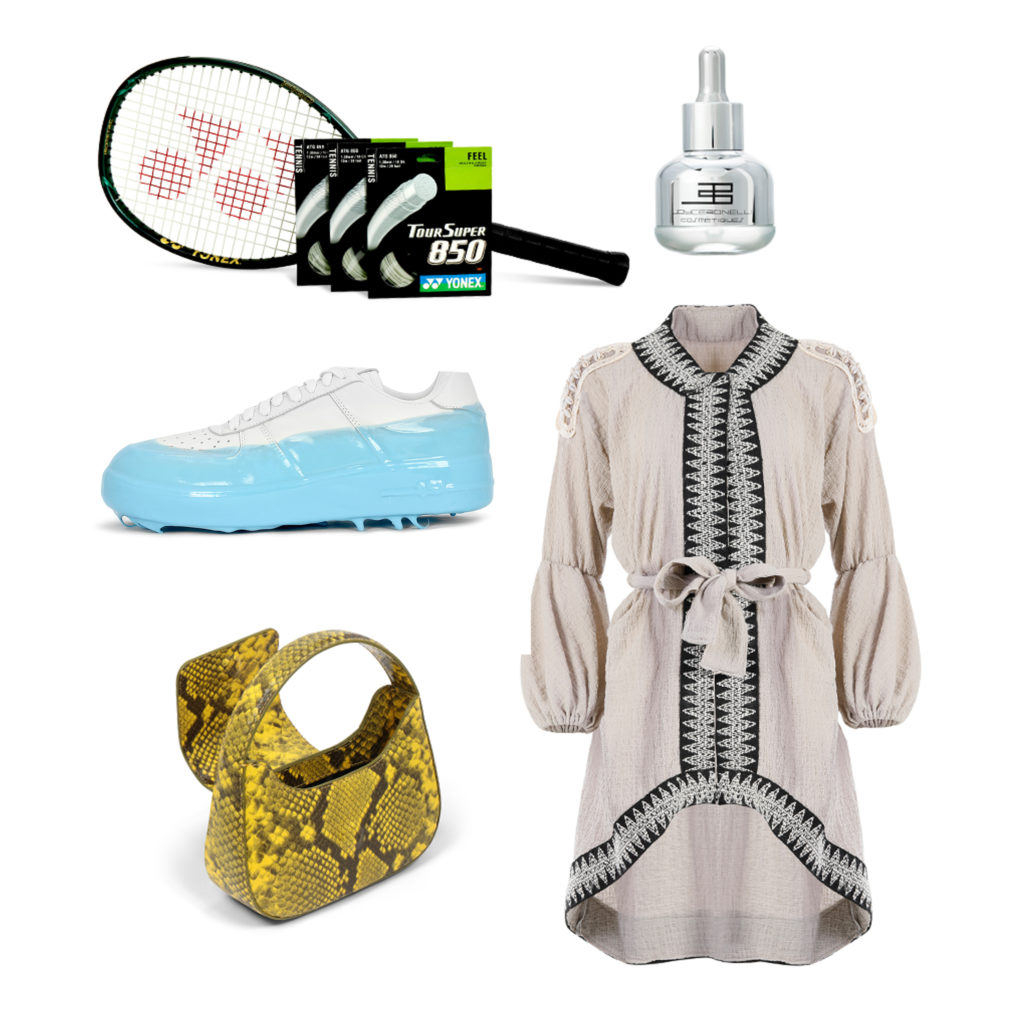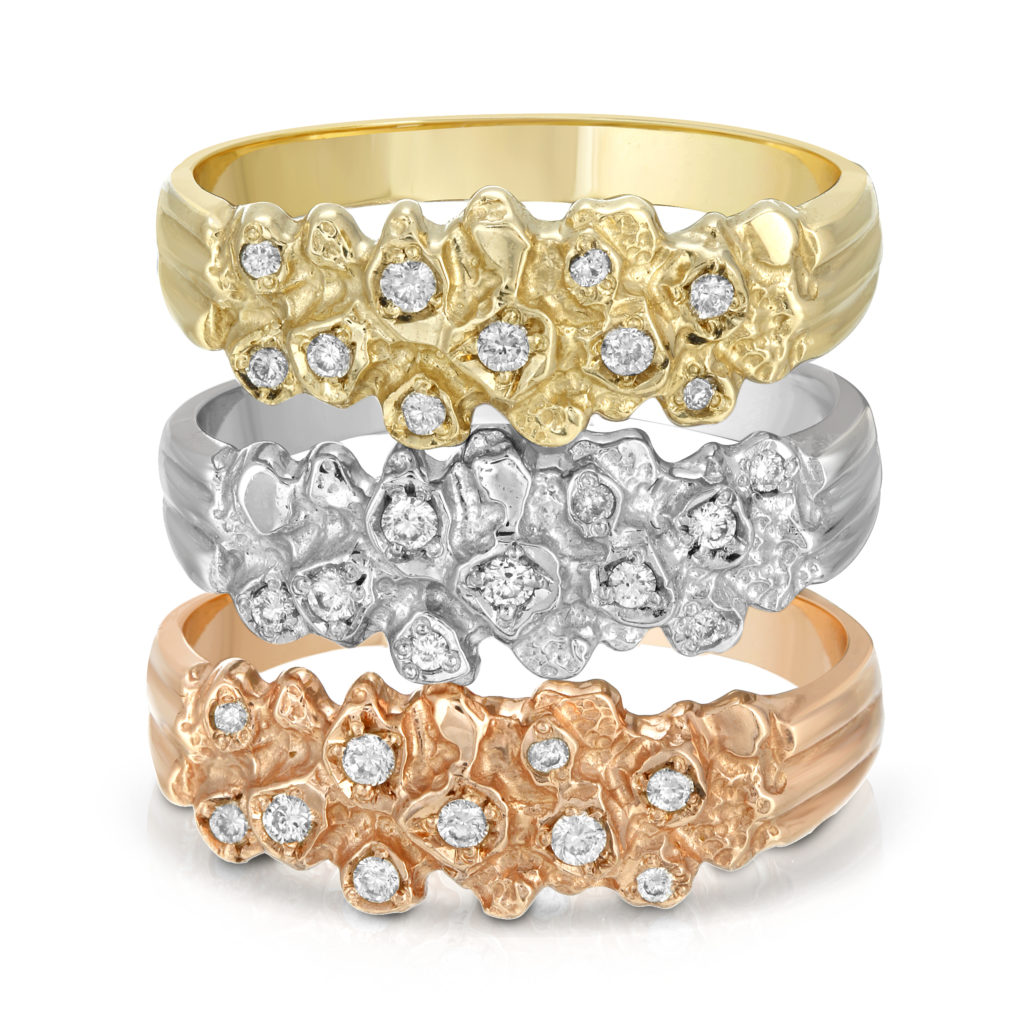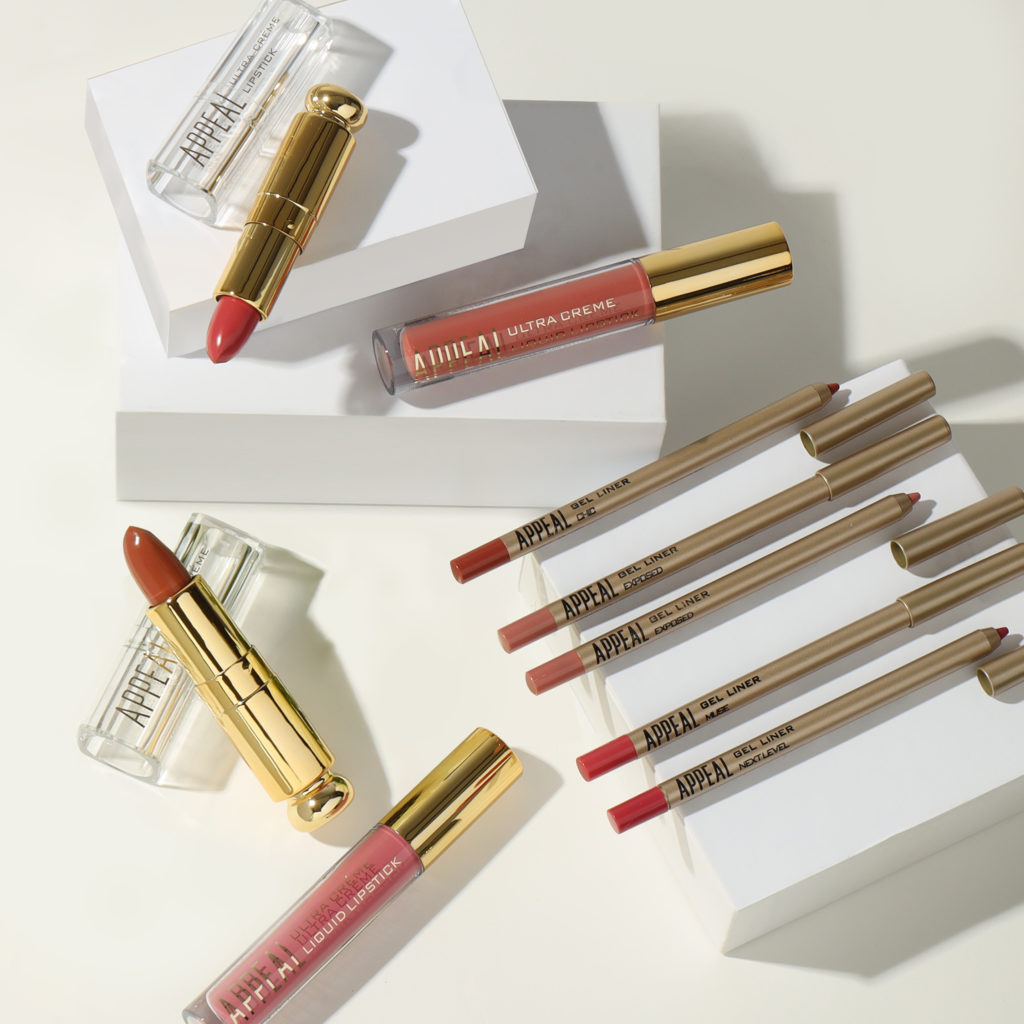Editorial fashion photography vs commercial photography: What’s the difference?
Let’s say you click the picture of a seasoned trekker on a rocky trail for a magazine article. That picture can be categorized as editorial fashion photography. However, if the same picture is used for advertising the trekker’s shoes, modular hiking pants, rucksack, and other gear, it would be commercial photography. Confused? Let’s check out the differences and clear that confusion.
Commercial Photography
If it wasn’t clear enough from the above-mentioned example, commercial photography is used for marketing and promoting products and services from different brands. Unlike editorial fashion photography, it requires a more comprehensive setup.
A brand may hire you for shooting commercial photography for promoting their gear, drugs, tools, clothes, or anything else. Even shooting a promotional poster for an upcoming film is considered commercial photography. The catalog ranges from advertisement campaigns and book covers to brochures and even product packaging.
However, while shooting a commercial photograph you need to keep a few things in check:
- Property release forms for the location of the shoot and model release forms need to be collected as proof of agreements between you, the subjects of the image, and your client. These forms should clearly state how the images would be published and used.
- If you want to resell the images to a stock agency in the future you need to negotiate with the subjects of the image and your client and include that term in the contract. This gives you legal protection.
Editorial fashion photography
Editorial fashion photography involves images that are used along with the text in various physical and digital publications. It may allow the author to tell a story to their readers with visual representation or simply educate them in certain aspects. For instance, a story about the changing fashion throughout the 80s may include images of models wearing the trend of each year throughout the decade. It helps to clearly show how fashion evolved throughout that decade.
Moreover, editorial fashion photography can even tell stories without any text. Fashion magazines can have multiple images across several pages to represent a theme and a corresponding mood. It doesn’t sell anything. You’ll usually find editorial fashion photography in textbooks, essays, documentaries, newspapers, and editorial features.
These pictures can’t be used for advertising or for selling products since they aren’t intended for that purpose and hence property release or model release forms aren’t signed before the shoot. If an editorial photograph involves recognizable brands and copyrighted logos they are strictly restricted to editorial use to avoid any legal action from the copyright holders.
Differences between Commercial and Editorial Fashion photography
There are several differences between commercial and editorial photography. Let’s check them out:
1. Budget – One of the key factors to distinguish editorial from commercial photography is the budget of the project. You can expect to get paid more for commercial photography since it involves a lot of complex post-production work.
2. Client – Usually you’ll be hired by brands and companies for commercial photography. On the other hand, during editorial fashion photography, you’ll be hired mostly by publications.
3. Objective – As mentioned above, an editorial photograph is used to tell a story while a commercial photograph is used for selling a brand’s image or for leaving a significant impression of a product on the target audience.
4. Ownership – In editorial photography, you, the photographer, get to keep the ownership rights of the shot images. However, the publication would request exclusive ownership rights for a certain period of time. While editorial photography pays less upfront, you can sell your images in the future for stock photography.
On the other hand, with commercial photography, you get a higher upfront pay where the images are completely bought-off by the company. If you’re great in your craft and have good negotiation skills you may be able to get the rights for reselling your images quite far into the future.
5. Your role – In commercial photography, you are heavily restricted and need to adhere strictly to the client’s requirements. On the other hand, in editorial photography, you get more freedom since you tell a story.
Getting work as a commercial photographer
Commercial photographers usually get their work from their agents and creative directors. However, that’s reserved for photographers who are well-known in the industry and have an impressive portfolio. If you’re new to this job, you have to look for RFP(Request for Proposal) and pitch for the job.
Here are a few things you can do to get hired:
1. Research – Research past promotional campaigns of your client to figure out what they need.
2. Pitch deck – Your pitch deck needs to showcase your understanding of the project and your creative approach towards it along with supporting images that make the pitch more convincing.
3. Ooze passion – Show the client your passion for the gig and your pitch deck should show how invested you are in the project.
4. Budget – Finally, make sure the pitch deck matches the budget of the client. Clearly show how you plan to use the money to deliver the best commercial photography your client has ever seen.
Getting work as an editorial fashion photographer
Editorial photographers usually need to submit their portfolios to publications for the job. You’ll make a better impression on your potential clients if you can include a tear sheet that contains your work used by other publishers. Here’s what you can do to nail the job:
1. Brainstorm session – Jot down concepts for the project and use reference images to represent your ideas.
2. Refine your pitch – Write down your pitch and rehearse it in front of the mirror. Since this market is quite saturated you need to make a clear impression on your client within a short time.
3. Budget – Figure out how much money you’ll need to execute your ideas according to the publications’ requirements and include it in the pitch. It should contain a clear cost breakup of food, crew members, your time, permits, insurance, and more such factors.
Both editorial fashion photography and commercial photography have their perks and vices. If you’d like to get paid more for your work and don’t mind following the client’s strict guidelines, you may opt for commercial photography. On the other hand, if you want to retain the right to your images and make more creative choices while getting paid less, editorial fashion photography is your calling.




